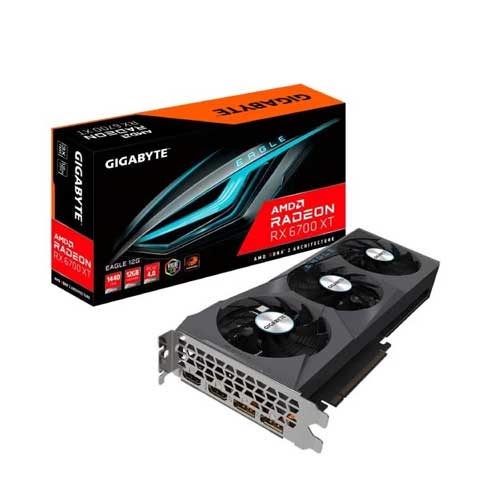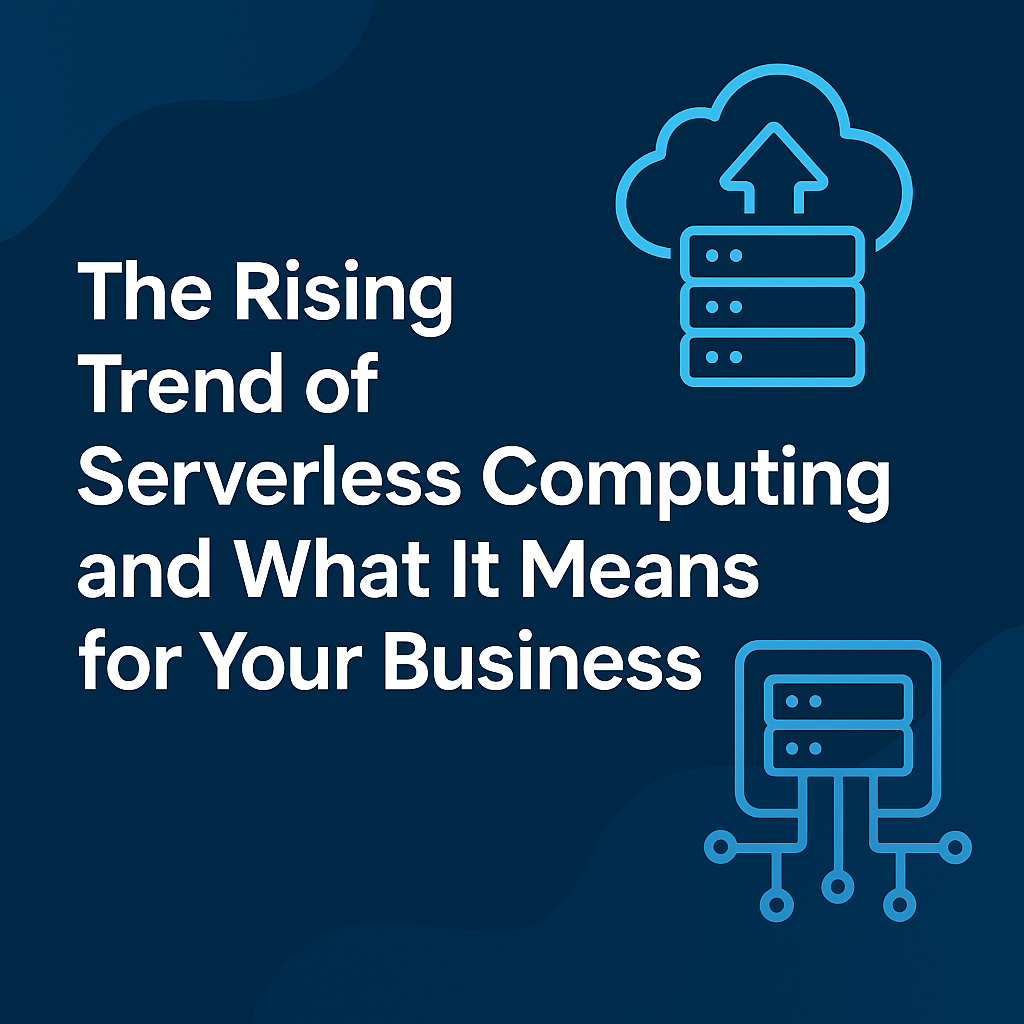
In the past, most organizations built their IT foundations on physical servers—dedicated hardware housed within data centers or office premises. While these on-premise setups once met performance and security demands, the evolution of cloud computing has changed the game. Businesses now seek agility, global reach, auto-scaling, and reduced operational overhead—all of which the cloud delivers exceptionally well.
However, transitioning from physical servers to cloud platforms isn’t as simple as copying files from one system to another. It’s a complex journey that demands a methodical, step-by-step approach grounded in technical best practices. This guide walks you through each phase—assessment, planning, migration, and optimization—to ensure your cloud migration is successful and sustainable.
🧱 Step 1: Assess Your Current Infrastructure
Before you make any changes, gain a thorough understanding of your current environment. This foundational step ensures you don’t overlook critical dependencies during the migration.
What to Do:
-
List all your servers, storage arrays, switches, and network devices.
-
Document every application running on those servers—what OS they use, what databases they access, and how they communicate.
-
Measure resource usage: CPU load, memory consumption, disk IOPS, network bandwidth.
Why It Matters:
A detailed infrastructure audit helps you classify workloads—deciding which apps are cloud-ready and which may need reengineering or retirement.
☁️ Step 2: Choose the Right Cloud Model
Next, determine the most suitable cloud model for your business and workloads.
-
IaaS (Infrastructure as a Service): You get virtualized servers and storage. Great for rehosting existing apps.
-
PaaS (Platform as a Service): Managed services for app hosting, perfect for modern development teams.
-
SaaS (Software as a Service): Fully managed applications like Salesforce or Microsoft 365.

You’ll also need to choose your cloud deployment type:
-
Public Cloud: Flexible and cost-effective (e.g., AWS, Azure, GCP).
-
Private Cloud: Dedicated environments for sensitive data.
-
Hybrid Cloud: A mix of both for strategic control and scalability.
Each model offers trade-offs between control, cost, and complexity, so match them to your technical goals and team capabilities.
🧠 Step 3: Define Your Migration Strategy
Once your environment is mapped, decide how each workload should be migrated. There are three popular strategies:
1. Rehosting (Lift and Shift)
This involves moving apps as-is to cloud-based virtual machines. It’s quick, with minimal disruption, but doesn’t fully leverage cloud-native benefits.
2. Replatforming
Here, you make small modifications—like moving databases from physical hardware to managed cloud services like Amazon RDS or Azure SQL.
3. Refactoring (Re-architecting)
This is the most advanced option—rebuilding apps using cloud-native architectures like containers, serverless functions, or microservices.
Choosing the right strategy per workload ensures balance between speed, performance, and long-term maintainability.

🧱 Step 4: Design Your Cloud Architecture
Migration isn’t just about copying data; it’s about building a new digital foundation.
What to Design:
-
Virtual Networks and subnets for secure segmentation.
-
Identity and Access Management (IAM) roles for permissions.
-
Object or block storage for data layers.
-
Compute resources like EC2 (AWS), VMs (Azure), or Kubernetes clusters.
-
Load balancers and auto-scaling policies for availability.
A well-thought-out architecture sets the stage for automation, cost control, and operational efficiency.
🔐 Step 5: Implement Security Controls
Moving to the cloud changes your threat landscape, so security needs to evolve too.
Key Considerations:
-
Define access rules with least privilege IAM roles.
-
Encrypt data at rest (using KMS, HSM) and in transit (TLS, VPN).
-
Use multi-factor authentication (MFA) and auditing tools.
-
Enable cloud-native security tools like AWS GuardDuty or Azure Defender.
Security is a shared responsibility—cloud providers protect the infrastructure, but you must secure your applications, identities, and configurations.
📦 Step 6: Migrate Data and Applications
This is the core of your transition. Begin with less critical applications to test your process, then move to production workloads.
Options:
-
Online migration via secure VPN or Direct Connect.
-
Offline migration using devices like AWS Snowball for large datasets.
-
Database replication tools for near-zero downtime (e.g., DMS, GoldenGate).
After migration, verify data integrity, compare performance benchmarks, and monitor application logs for anomalies.
🔍 Step 7: Validate with Testing
Before you fully cut over to cloud, run comprehensive testing:
-
Smoke Testing: Do services launch and respond as expected?
-
Performance Testing: Does the cloud environment match or exceed on-prem performance?
-
Security Testing: Are firewalls, permissions, and access logs functioning properly?
-
Failover Testing: Simulate an outage to validate your disaster recovery setup.
Testing helps eliminate hidden configuration issues and ensures end users don’t encounter surprises post-migration.
🚀 Step 8: Cutover to Cloud and Monitor
With testing complete, schedule your go-live window. Minimize risk by choosing off-peak hours, alerting users, and monitoring every system component closely.
Things to Update:
-
DNS records and IP routing
-
CI/CD pipelines
-
SSL/TLS certificates
-
3rd party integrations and APIs
After switching, maintain real-time dashboards and alerts using tools like CloudWatch, Azure Monitor, or Prometheus + Grafana to track usage and health.
🔄 Step 9: Optimize and Modernize
You’ve landed in the cloud—but now it’s time to evolve.
Focus on:
-
Right-sizing VMs to match usage (downsize or upgrade as needed).
-
Automating deployments with IaC tools like Terraform or Pulumi.
-
Implementing cost controls using budgets, reserved instances, and spot pricing.
-
Modernizing apps by adopting containers, serverless, or managed services.
Ongoing optimization turns your new infrastructure into a resilient, scalable, and future-ready platform.

🎯 Conclusion
Migrating from physical servers to the cloud is more than just a tech upgrade—it's a transformation in how your organization builds, operates, and scales technology.
By following a methodical, step-by-step approach, you can:
-
Reduce infrastructure overhead
-
Improve global availability and disaster recovery
-
Accelerate development and deployment cycles
-
Lay the foundation for AI, machine learning, and analytics adoption
The key to success? Preparation, planning, and partnership with the right tools and platforms. Treat your migration as an opportunity to evolve—not just replicate—your systems.














